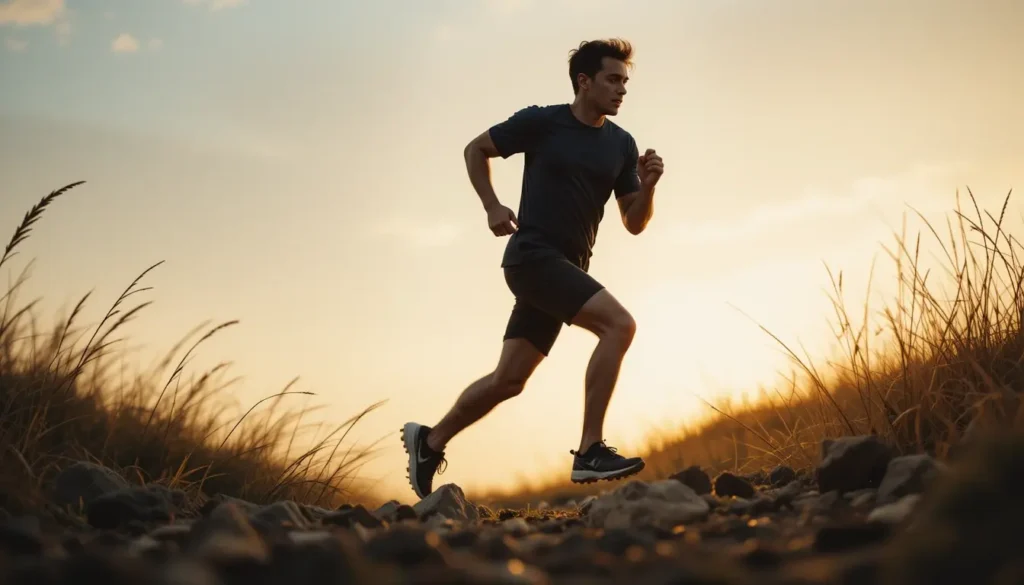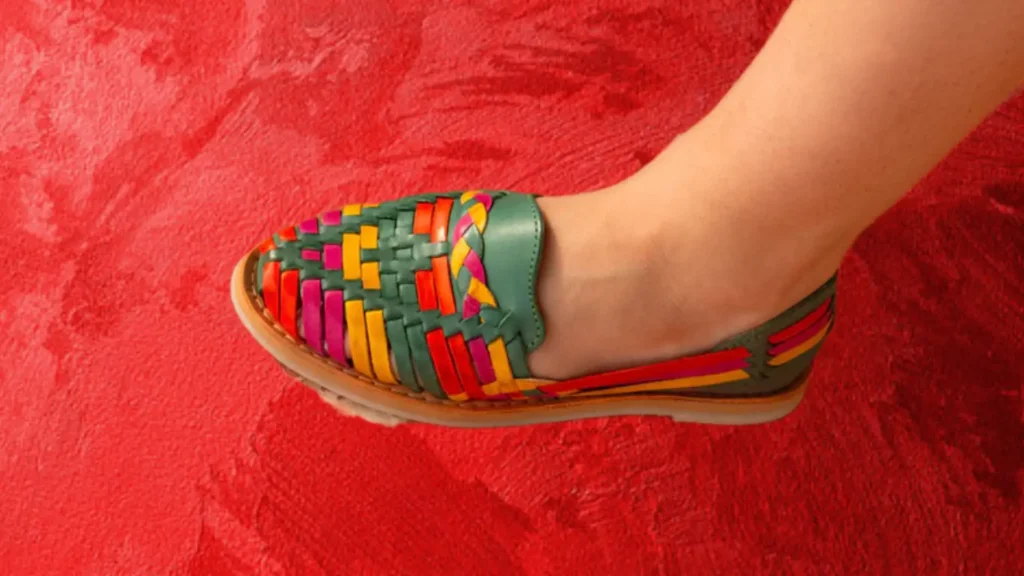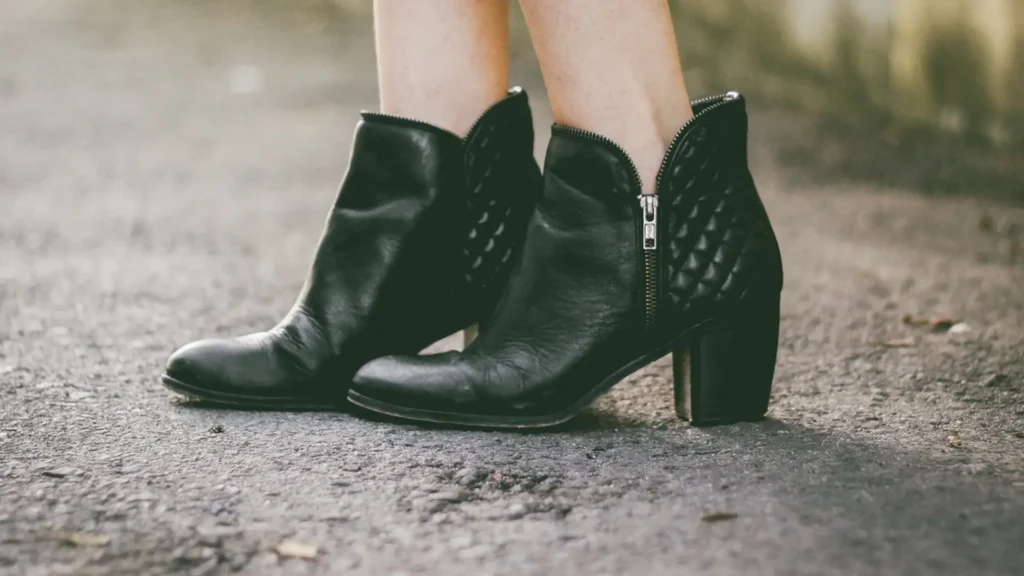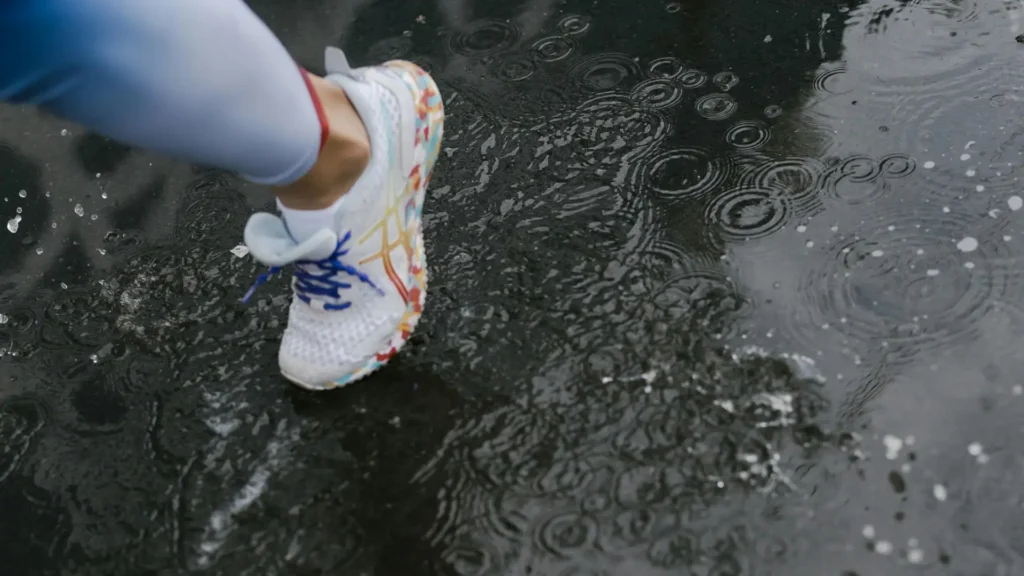Imagine lacing up your running shoes, stepping out the door, and feeling a surge of energy with every stride—no discomfort, no fatigue, just pure, exhilarating motion. For many, this is a reality made possible by choosing the right orthopedic running shoes.
These aren’t just any sneakers; they’re meticulously designed to support your unique foot structure, alleviate pain, and enhance performance. Whether you’re a seasoned marathoner or a casual jogger, the right pair can transform your running experience.
But with countless options flooding the market, how do you identify the shoes that truly cater to your orthopedic needs?
This guide delves into the top orthopedic running shoes of 2026, backed by expert recommendations and user testimonials. We’ll explore their features, benefits, and how they can help you run longer, faster, and more comfortably.
Understanding Orthopedic Running Shoes
Orthopedic running shoes are crafted to address specific foot issues such as overpronation, flat feet, high arches, plantar fasciitis, and bunions. Unlike standard running shoes, they offer enhanced arch support, cushioning, and stability features tailored to individual foot mechanics.
Key characteristics include:
- Arch Support: Helps distribute pressure evenly and supports the natural arch of the foot.
- Cushioning: Absorbs impact, reducing stress on joints and minimizing discomfort.
- Stability Features: Prevents excessive foot movement, aiding in proper alignment.
- Wide Toe Box: Accommodates foot swelling and provides ample room for toes to splay naturally.
Selecting the right orthopedic shoe involves understanding your specific foot needs and how different features can address them.
Top Orthopedic Running Shoes
Brooks Ghost 16
Brooks Ghost 16 is one of the most versatile orthopedic running shoes available in 2026. Its plush midsole provides soft, consistent cushioning that adapts to every foot strike.
This cushioning absorbs impact efficiently, reducing stress on your knees, ankles, and hips, which is crucial for runners with joint concerns. The shoe’s flexible design allows natural foot movement, supporting various foot types without sacrificing comfort.
The breathable mesh upper keeps your feet cool and dry over long distances. Its engineered design offers excellent shock absorption while maintaining a responsive feel for each step. The segmented crash pad in the heel-to-toe transition enhances stability, making your stride smoother and safer. Users frequently report reduced pain, increased endurance, and a more enjoyable running experience, making it a top pick for those seeking orthopedic support without compromising on performance.
Hoka Clifton 10
Hoka Clifton 10 is celebrated for its maximalist cushioning, offering a soft, almost cloud-like feel with every step. This shoe is particularly useful for runners recovering from injuries or dealing with chronic knee or joint pain.
Despite its thick sole, it is surprisingly lightweight, which helps maintain a natural running cadence without feeling heavy or clunky.
The wide base provides excellent stability and reduces the risk of rolling your ankle on uneven surfaces. The meta-rocker design promotes smooth transitions from heel strike to toe-off, which can help reduce fatigue and improve running efficiency.
Users consistently praise Clifton 10 for alleviating pressure on sore joints while still feeling responsive and lively during runs. It’s ideal for long-distance training, daily jogging, or anyone looking for a shoe that combines support with comfort.
Asics Gel-Kayano 32
Asics Gel-Kayano 32 is a stability-focused shoe designed for overpronators, or runners whose feet roll inward excessively. It features Asics’ advanced Gel technology in both the heel and forefoot, which absorbs shock and cushions impact on hard surfaces.
The supportive midsole and structured frame guide your foot through a natural gait cycle, preventing strain and reducing the risk of injuries.
Durability is another standout feature. The shoe maintains consistent performance over long distances and varied terrain, making it a dependable choice for serious runners. Its snug fit hugs the foot securely while still offering room for orthotic insoles if needed.
The responsive sole enhances energy return, helping runners maintain efficiency with less effort. Many users note reduced discomfort, improved stability, and greater confidence in every run, establishing the Gel-Kayano 32 as a reliable orthopedic option.
New Balance Fresh Foam X 860v14
New Balance Fresh Foam X 860v14 is ideal for runners who need structured support without sacrificing comfort. Its dual-density Fresh Foam midsole provides targeted stability, supporting the arch while cushioning the heel and forefoot to reduce impact.
This design helps correct overpronation and guides the foot through a natural gait, which is especially helpful for runners with flat feet or low arches.
The breathable mesh upper allows airflow, keeping feet cool during long runs, while the engineered overlays provide added support without restricting movement. The shoe’s roomy toe box accommodates orthotic insoles, making it versatile for runners with unique foot shapes or orthopedic needs. Many runners report improved comfort, reduced foot fatigue, and better overall stability, which can make longer runs safer and more enjoyable.
Saucony Ride 18
Saucony Ride 18 is a neutral running shoe designed to suit a wide variety of foot types and running styles. Its PWRRUN cushioning delivers a responsive, springy feel that absorbs impact and propels runners forward with less effort. The FORMFIT technology adapts to the shape of your foot, providing a snug, secure fit without creating pressure points.
The lightweight construction allows for quick, natural movement, while the durable outsole provides traction on multiple surfaces, making it a reliable choice for daily training sessions.
Runners often highlight its smooth heel-to-toe transition, which reduces strain on joints and contributes to a comfortable running experience. Overall, the Saucony Ride 18 combines cushioning, stability, and responsiveness, making it a strong choice for runners seeking a neutral, orthopedic-friendly option.
Choosing the Right Orthopedic Running Shoe
Selecting the right orthopedic running shoe is crucial for comfort, performance, and injury prevention. Not all running shoes are created equal, and what works for one person may not work for another. Paying attention to your foot structure, gait, and running habits can make a significant difference in your experience.
Foot Type: Your foot shape determines the kind of support you need. Flat feet may require shoes with extra stability and arch support to prevent overpronation. High arches need more cushioning to absorb impact since less natural shock absorption occurs. Neutral arches can often use a wider range of shoes but still benefit from moderate support and cushioning. Knowing your foot type helps narrow down the best shoe options.
Running Style: Understanding your gait is essential. Overpronators roll their feet inward, which can cause strain on knees and ankles. Underpronators roll their feet outward, placing extra pressure on the outer edge of the foot. Neutral runners maintain even weight distribution. Many specialty stores offer gait analysis, which provides a precise understanding of your running mechanics and guides you to shoes that prevent injuries.
Cushioning Needs: Cushioning protects your joints and enhances comfort during runs. Those with joint pain, past injuries, or longer runs may prefer thicker, softer midsoles for impact absorption. Runners with faster paces or short-distance routines may want responsive cushioning that provides energy return and agility. Choosing the right cushioning ensures every step feels comfortable and reduces fatigue.
Fit and Comfort: A proper fit is essential to prevent blisters, pain, or long-term injuries. The shoe should hold your heel securely, support the midfoot, and allow your toes to splay naturally. Ensure there is enough room in the toe box, and avoid shoes that feel too tight across the arch. Comfort should be the top priority—no shoe will perform well if it causes discomfort from the first mile.
Visiting a specialty running store can be extremely helpful. Experts can measure your foot length, width, and arch height, and some stores offer treadmill testing to observe your gait. Personalized recommendations can help you select a shoe that perfectly matches your foot structure, running style, and orthopedic needs.
Investing in the right orthopedic running shoe can significantly enhance your running experience, providing comfort, support, and injury prevention. The models discussed above represent some of the best options available in 2026, each catering to different foot needs and running styles.
Remember, the best shoe for you is one that aligns with your specific foot structure and running requirements. Take the time to assess your needs, try on different models, and consult with experts to find the perfect fit.
With the right orthopedic running shoe, you can enjoy a more comfortable and enjoyable running journey.




